Audio Expo North America, 2016
When it comes to audio shows, both regional and “national”, putting one on and finding that ideal weekend that can mostly likely pull in the audiophile and pre-audiophile masses is a bit of a black art. In case you haven’t noticed, some of the more successful shows have been conveniently held over an actual holiday weekend or within a week of a national holiday weekend. I guess the theory is that folks will have more disposable free time to dedicate to a multi-day hobbyist event such as ours. Other shows such as RMAF for instance have succeeded quite well with timing on or around Columbus Day; similarly, the Newport Show has succeeded in part to timing itself on or near the Memorial Day Holiday. The New York Audio Show has tried a couple of holidays and has failed to get the traffic through the door, this despite also moving the venue around a couple of times; the latest being from New York City proper to the ‘burbs in Westchester County. The reason I bring this up is because AXPONA had suffered through these pains early on. They first attempted Jacksonville, Florida, which actually brought in a decent crowd considering it was not very well publicized and in a fairly remote part of the country. After a couple of years AXPONA then moved to Atlanta, a great location from the standpoint of accessibility and hotel space. It was not held over a holiday weekend and in fact was held on this very weekend. The show proved quite successful, but was still bringing in substantially fewer people than the most powerful of all “national” shows, RMAF. Finally, AXPONA moves to Chicago at a new venue, still very much a transportation hub such as Atlanta, but rich in musical culture, high end audiophilia (who can forget the summer CES Shows of yesteryear?), and gobs of hotel and convention space. I attended the early AXPONA’s in Jacksonville and in Atlanta, but this is my first time attending Chicago. It is clear that the AXPONA organizers have hit their stride and hit pay dirt in this move to Chicago.
The Rooms
Merrill Audio / Reference 3A
The sound in this room had wonderful balance and musicality. The Merrill Audio Room featured the spectacular Veritas monoblock amplifiers and the new Cara linestage amplifier.
I am more than a bit curious about the new high performance linestage preamp ‘Cara’. I am definitely going to have to get up close and personal with this new addition to the Merrill Audio line. It appears that that it is a chip off the ‘ole (Veritas) block
This year Merrill Audio chose to exhibit using the Reference 3A 2-way ‘Taksim’ speakers. I can only wonder and speculate the effect a more extreme high end speaker would make on the Merrill Audio display such as say, a “small” pair of Scaena or even something like a large Magico. I have a fair amount of confidence that The “Veritas” has the goods to make virtually any speaker sing in spectacular fashion.
Salk Sound / Wells Audio / Dana Cable / Luminous Audio Technology / Gingko Audio
On display and making some sweet sounds were the Salk Sound Exotica III speakers, Wells Audio Innamorata Signature amplifier, and the active Salk Powerplay monitors. The front-end consisted of a Streamplayer GenIII on the digital side; analog audio was courtesy of the VPI Prime turntable with the 3D printed tonearm and Soundsmith Hyperion phono cartridge. Those rather small active monitors in particular did not fail to impress.
Vinnie Rossi / Acoustic Signature / Harbeth
The Vinnie Rossi LIO Components were featured in this room including their superb wide bandwidth DHT tube line preamp. The front-end was an Acoustic Signature Thunder turntable fitted with a 12’ TA-5000 tonearm. These blended nicely to a warm and inviting effect.
The LIO MOSFET amplifier was driving the handsome Harbeth M40.2 speakers.
Gershman Acoustics / LAMM / Oracle
Gershman Acoustics was showing a new sub-$6000/pair speaker system and the sound overall was quite impressively warm and inviting; clearly the recipient of some of the best character traits of the big brother Avante Garde model.
Rounding out the system were the always fabulous LAMM preamp and 1.2 monoblock amplifiers. The source was a striking red lacquered Oracle Paris digital player. Cables were Nordost and perhaps even more significantly, the footers utilized on the Oracle player were Gershman levitation control devices. You will be reading much more about these devices in the coming months as I seek to uncover the unique value they add to an audio system’s musicality.
Mod Wright / Triangle Art / Skogrand Cables / Eggleston Works / Massif
This room had a very pleasing and room-filling sound. It featured a pair of Eggleston Camilla speakers, Modwright electronics such as the KWA150 Signature monoblocks, Elyse Reference Tube DAC, PH150 Reference Phono, and a Modwright modded Oppo 105D.
I was particularly pleased to see and hear the Triangle Art Signature turntable sporting the 12” Osiris tonearm and Triangle Art cartridge. These appear to have come a long long way from the early production reference turntable that I reviewed several years ago. I think a revisit is in order!
- (Page 1 of 1)

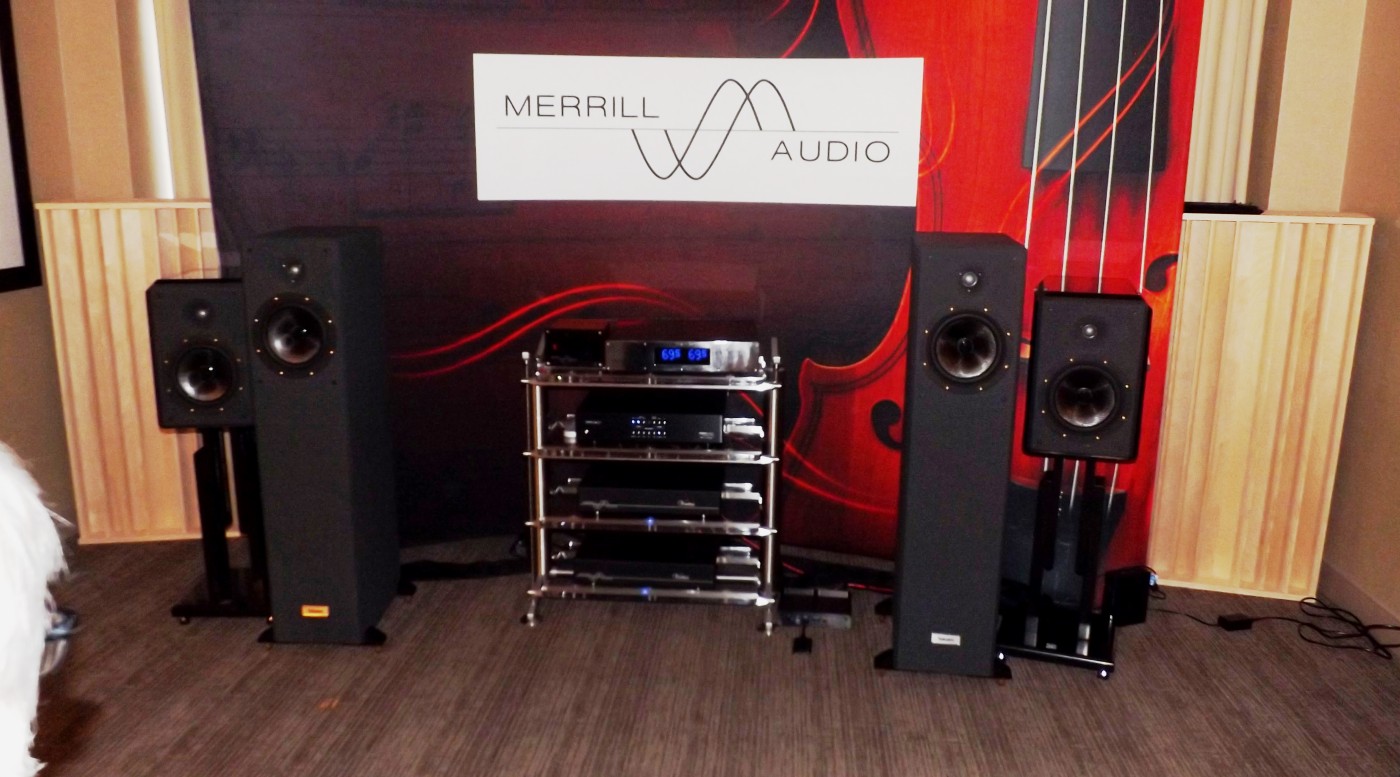
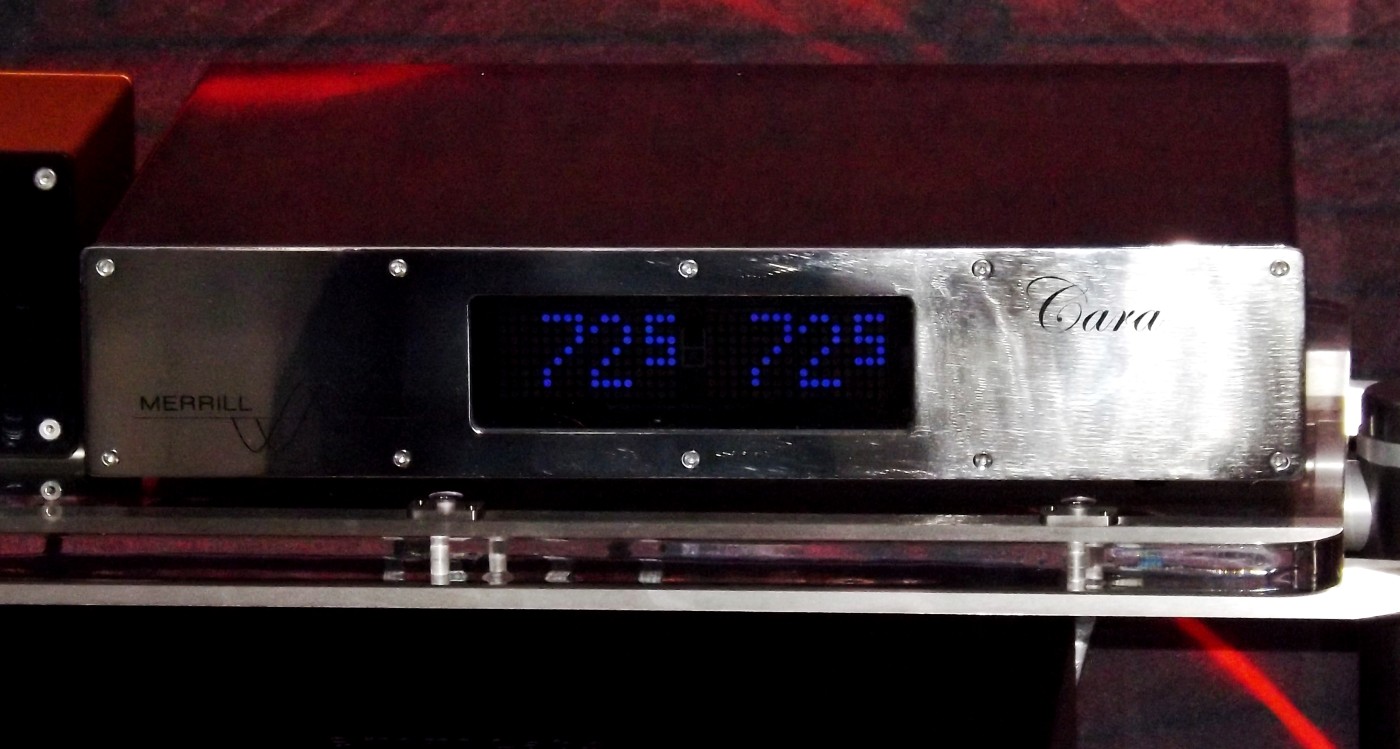
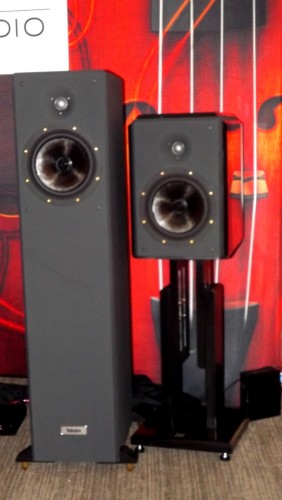
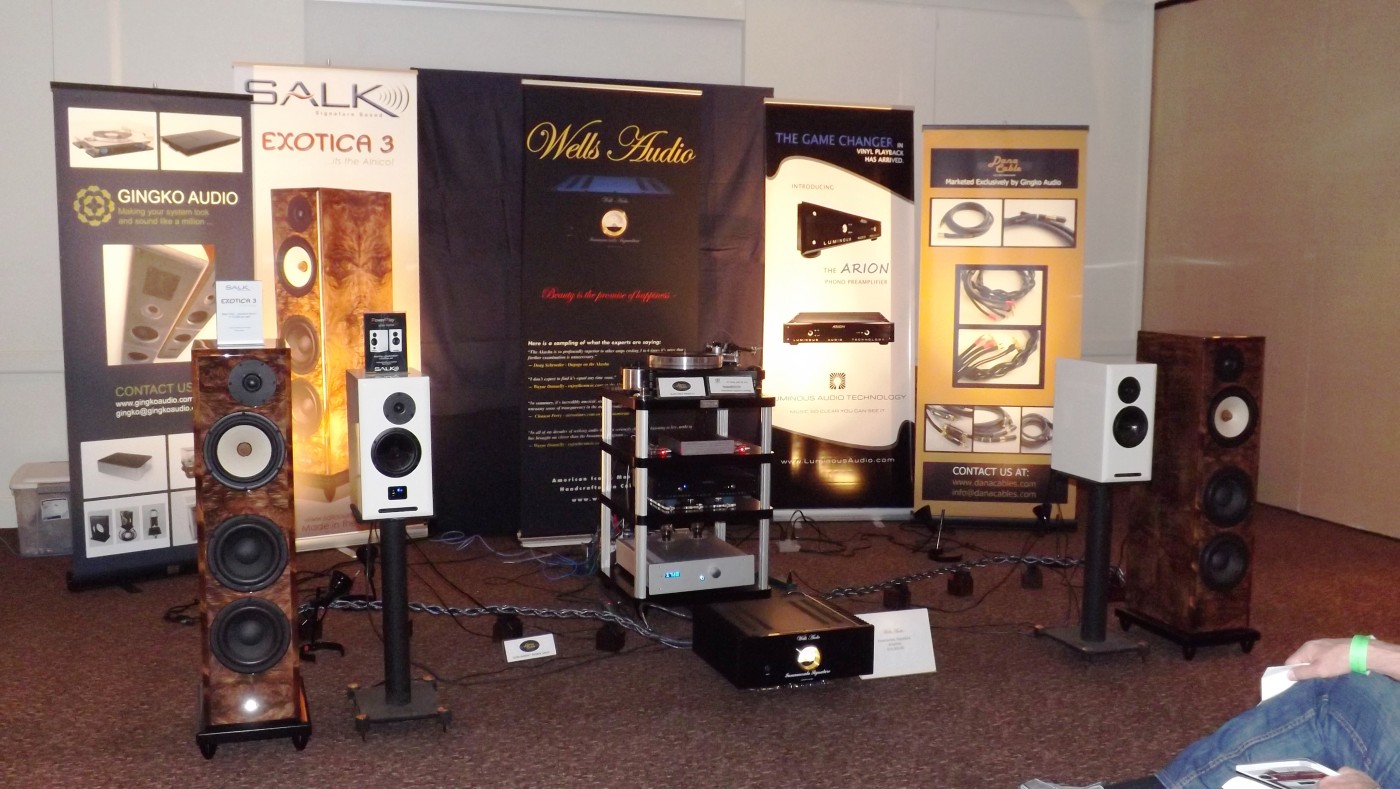
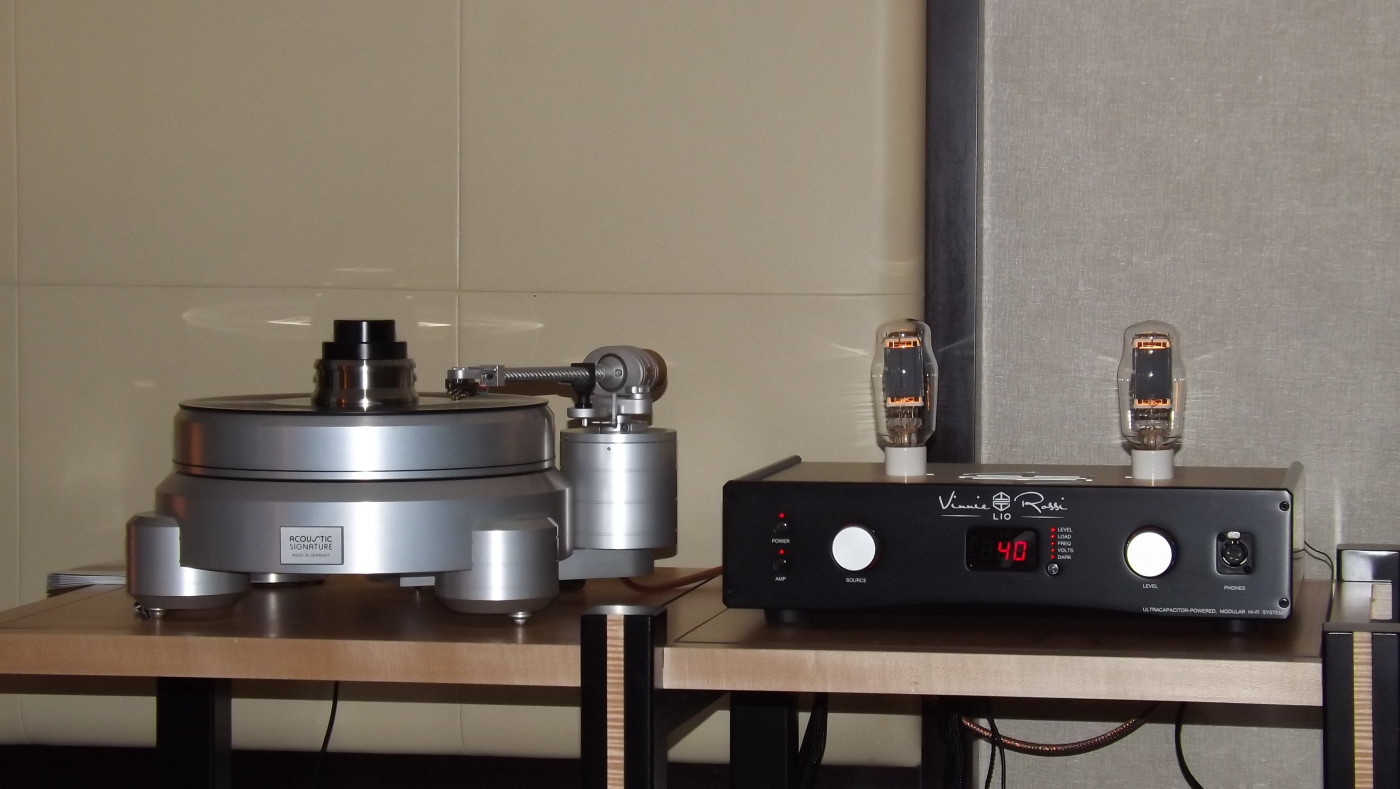
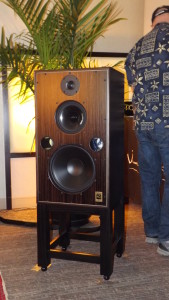
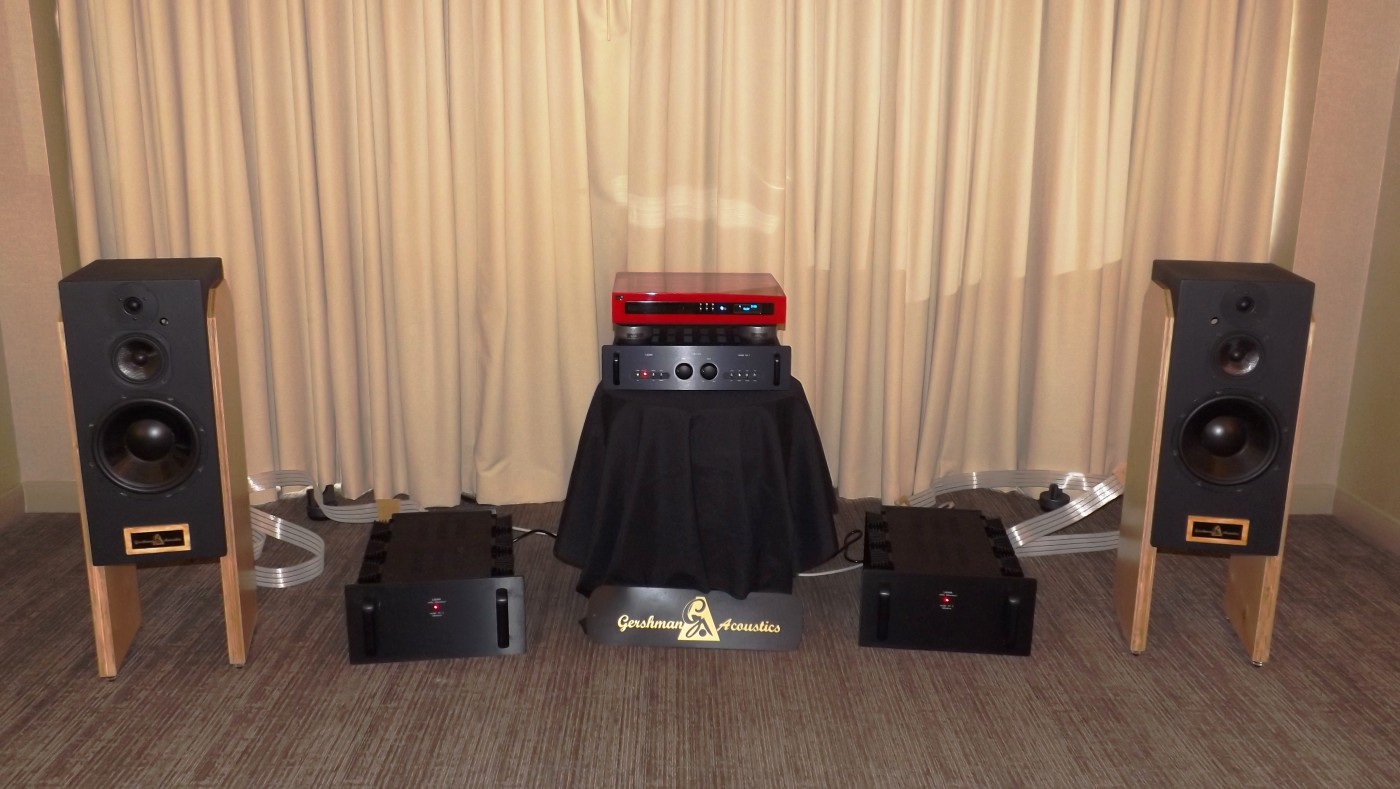
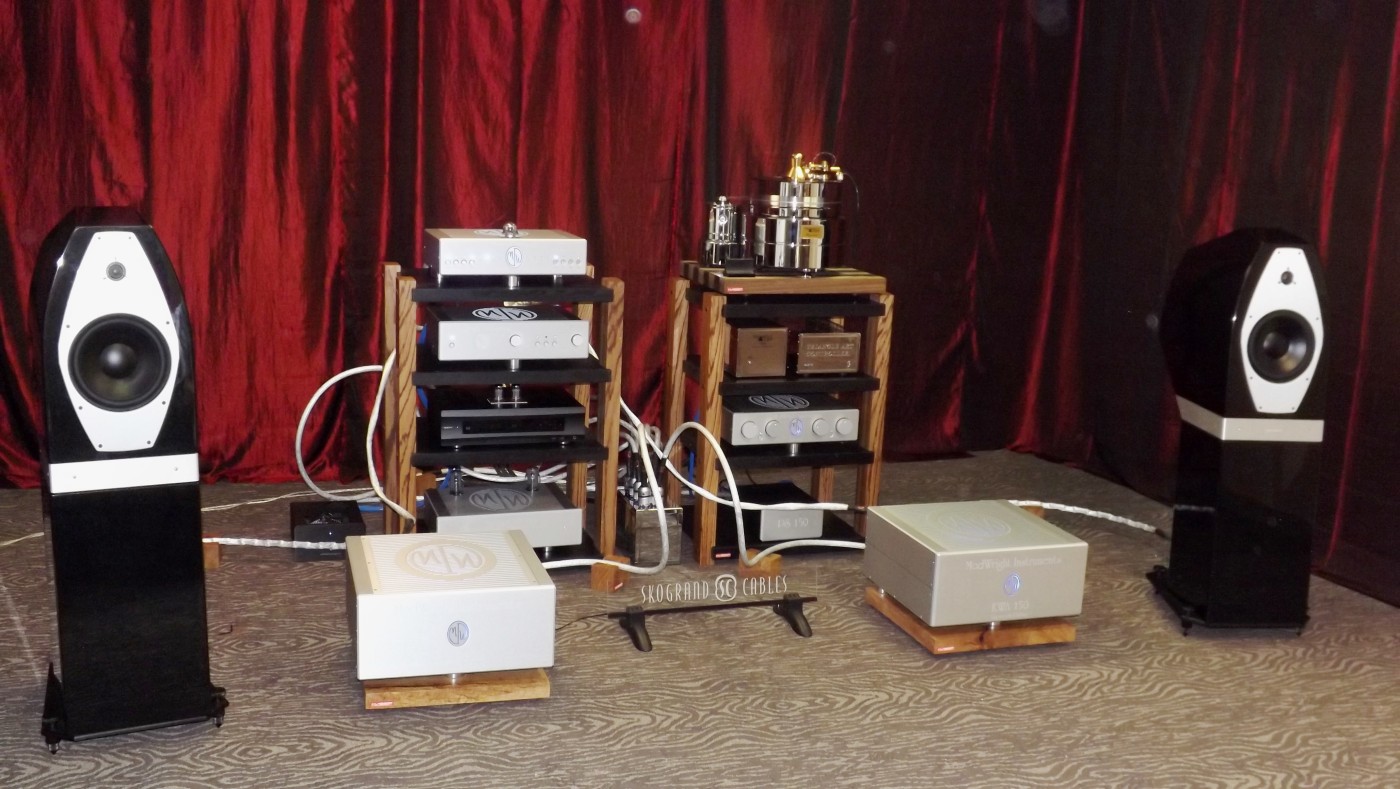
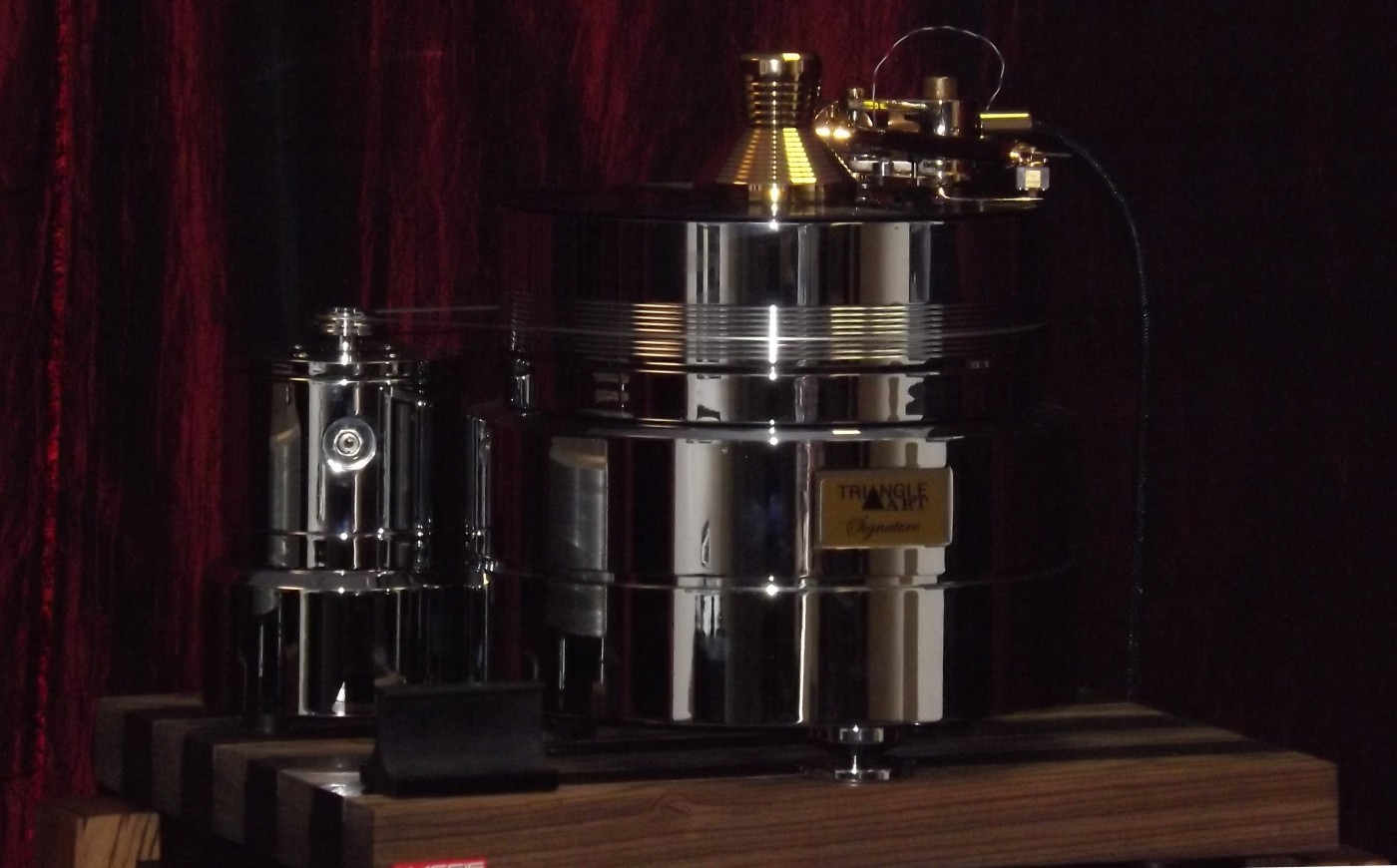
Hi
Can you comment on the impact of Stillpoints versus Symposium Rollerblocks versus the Gershman Levitation devices. I just ordered the levitation devices for my turntable.
Hello,
Thanks for your message.
I certainly wouldn’t comment on that type of comparison solely based upon what I heard at a show!
I did purchase a set of levitation devices at the show and expect to be writing about them in great detail over the next several months.
Cheers,
Ray
Felt the Gershman’s offered up some of the best sounds of the show. But they always do. Could have sat in the room for hours, without fatigue
I really enjoyed your show review. I did spot some issues in the photos and the copy which I’ll comment on here. First off, look at the Nordorst speaker wires. They are about four to six feet too long on each channel as they lay on the floor in a wavy fashion. The truth is, the shorter one’s speaker wires are, the less resistance is realized. Ideally, one gets to their speaker input connections exactly what left the power amplifier’s output connections. Anything less and the wire can act like a tone control.
The next thing I spotted, and realized for the first time in my audiophile life is the obsession some audiophiles have over turntables shown. Not only the ones you brought to light, but all elaborate turntables. The ends the builders of these exotic turntables go through to reduce vibration, increase turn table platter rotation accuracy, arm tracking accuracy and sucking the record down flat to the platter is mind boggling. None of that is necessary. The best turntable is none at all. I know that use of a well designed, well constructed digital (high def) CD player with an outstanding D to A converter providing a signal to noise ratio and lack of rumble that no turntable is capable of approaching. No hiss, clicks, pops, or rumble. A well made CD player eliminates the need for a beautifully built and polished turntable. And just think, no cleaning brush is needed. No stylus to clean, no arm to adjust and balance, and no occasional belt (rubber band) to replace. No air pumps and suction devices to cope with, and just think, a CD player is a device most anyone can operate with no complications or problems. Just some audio perspective for thought here. I think what I see in this industry is bragging rights to display and show off such an elaborately engineered and machined record player that cannot mechanically or electronically produce a more accurate signal to one’s preamplifier than a well made (high end, high def capable) CD, SACD, Blue Ray DVD player.
My last thought is your stating that some of the speakers you listened to sounded warm and musical. I’m confused here. Music should sound like music. It should not create heat, thus it is not warm. Hi-end reviews of our elk are guilty of using words to express what we hear which, when analyzed, are nonsense. If a speaker sounds warm, you, I presume, are saying the speaker had a bit of a rise in the upper bass, lower midrange region (from 300 to 80 Hz) or so…maybe 3 to 5 db or so. This ads a bit of thickness or heft to that region causing the sound to be…well, “warm”. However, would it not make sense to simply say, “I heard a bit of a rise in the upper bass area which to me sounded very musical”. Now readers know that the speakers you heard are not exactly flat within +or- a few decibels or you have a mild high frequency hearing deficiency (most audiophiles over 50 can’t hear over 12,000 Hz) therefore midrange and upper bass will sound to them, enhanced, hence described as “warm”.
Any sound, pure, distorted, flat or flawed can be measured on advanced, calibrated, scientific instruments to expose what is being heard that causes the pure, distorted, flat or flawed sound. The human ear (between age 6 and 10 years of age) is an extremely accurate sound detection device. However, it can’t “measure” accurately what it does hear due to the fact the brain has been programmed to respond differently to the sound heard whem compared to what most other people hear. That’s why very few audiophiles can agree completely on what they are hearing. One may say the music sounds warm while another may comment on strong midrange clarity and have no sense of a “warm sound”.
While we audiophiles may enjoy turning our sound up to studio or live concert hall levels, you’ll also hear the audiophiles wife yelling to turn down the damn music! Therefore, description of sound from musical instruments (we call stereo speakers) can be measured accurately to explain how or why they sound as they do, thus why we hear with our own ears what we think we hear from them. However, to put what those measurements mean or sound like into words that make sense is very-very difficult. This is why we audiophiles resort to analogies such as a warm sound, or a cool sound, or a thread bare sound, or good staging, depth, width, sparkling highs, bass that moves the molecules of air in a room and causes room lock to shake the room (now what in the hell does all that suppose to mean?). Never the less, you wrote a great article under the circumstances in which all of we audiophiles have to live with. And for that, my audiophile friend, I thank you.
Hi Ray
Any comments in the Gershwin Acoustics Levitation devices? I purchased a set of 4 after speaking with the company to isolate my VPI Classic 4 turntable. Unfortunately they have all collapsed and are not providing any isolation at all. I appreciate any comments you can provide.
Thanks
Jerry